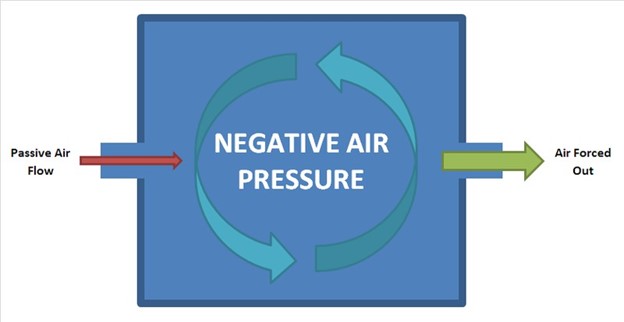Which symptom experienced by a client receiving a continuous enteral feeding via a nasogastric tube requires priority follow-up by the nurse?
The client has frequent coughing spells.
The client reports mild abdominal cramps.
The client has high-pitched bowel sounds.
The client reports one to two soft bowel movements per day.
The Correct Answer is A
This is because coughing can indicate aspiration of the feeding into the lungs, which can lead to pneumonia and other serious complications. Aspiration is reported in up to 89% of patients receiving nasogastric tube feeding.
Therefore, the nurse should prioritize assessing the client for signs of aspiration and ensuring proper tube placement.
Choice B is wrong because mild abdominal cramps are a common side effect of nasogastric tube feeding and do not require immediate intervention unless they are severe or persistent.
Choice C is wrong because high-pitched bowel sounds are normal and indicate peristalsis and digestion.
They do not indicate a problem with the tube feeding.
Choice D is wrong because one to two soft bowel movements per day are desirable and indicate adequate nutrition and hydration.
They do not indicate a problem with the tube feeding.
Normal ranges for gastric residual volume are less than 200 mL for adults and less than 100 mL for children. Normal ranges for pH of gastric aspirate are 1 to 5.
Nursing Test Bank
Naxlex Comprehensive Predictor Exams
Related Questions
Correct Answer is C
Explanation
This is because immobilizing the wrist prevents kinking or dislodgement of the intravenous catheter and reduces the risk of complications such as infiltration, phlebitis, or infection.
Some additional information for the response are:
Choice A is wrong because placing the arm across the client’s chest may compromise venous return and increase the risk of thrombosis.
Choice B is wrong because using a wrist restraint may cause skin breakdown, nerve damage, or impaired circulation.
Choice D is wrong because instructing the client to limit use the of that arm may not be sufficient to prevent catheter movement or accidental removal.
Normal ranges for venous access depend on the type and location of the catheter, but some general values are: potassium (3 to 5 mEq/L), blood urea nitrogen (10 to 20 mg/dL), and central venous pressure (8 to 12 mmHg).
Correct Answer is ["E"]
Explanation
A private room with negative air pressure is required to care for a client with suspected or confirmed tuberculosis (TB) disease, as this is part of the airborne precautions recommended by the CDC.

A private room with negative air pressure prevents the spread of infectious droplet nuclei that contain the TB bacteria.
Choice A is wrong because gloves, masks, and gowns are not sufficient to protect against TB transmission.
Gloves and gowns are used for contact precautions, which are not indicated for TB.
A regular mask is also not effective in filtering out the small droplet nuclei that carry the TB bacteria.
Choice B is wrong because an N95 mask is not a precaution for the client, but for the healthcare personnel who are in close contact with the client.
An N95 mask is a type of respirator that can filter out at least 95% of airborne particles, including TB bacteria. Health care personnel should wear an N95 mask when entering the client’s room or performing aerosol-generating procedures on the client.
Choice C is wrong because droplet precautions are not indicated for TB.
Droplet precautions are used for infections that are spread by large respiratory droplets that do not remain suspended in the air, such as influenza or pertussis. Droplet precautions require wearing a regular mask and eye protection when within 6 feet of the client.
Choice D is wrong because contact precautions are not indicated for TB.
Contact precautions are used for infections that are spread by direct or indirect contact with the client or the client’s environment, such as Clostridium difficile or MRSA. Contact
Whether you are a student looking to ace your exams or a practicing nurse seeking to enhance your expertise , our nursing education contents will empower you with the confidence and competence to make a difference in the lives of patients and become a respected leader in the healthcare field.
Visit Naxlex, invest in your future and unlock endless possibilities with our unparalleled nursing education contents today
Report Wrong Answer on the Current Question
Do you disagree with the answer? If yes, what is your expected answer? Explain.
Kindly be descriptive with the issue you are facing.
